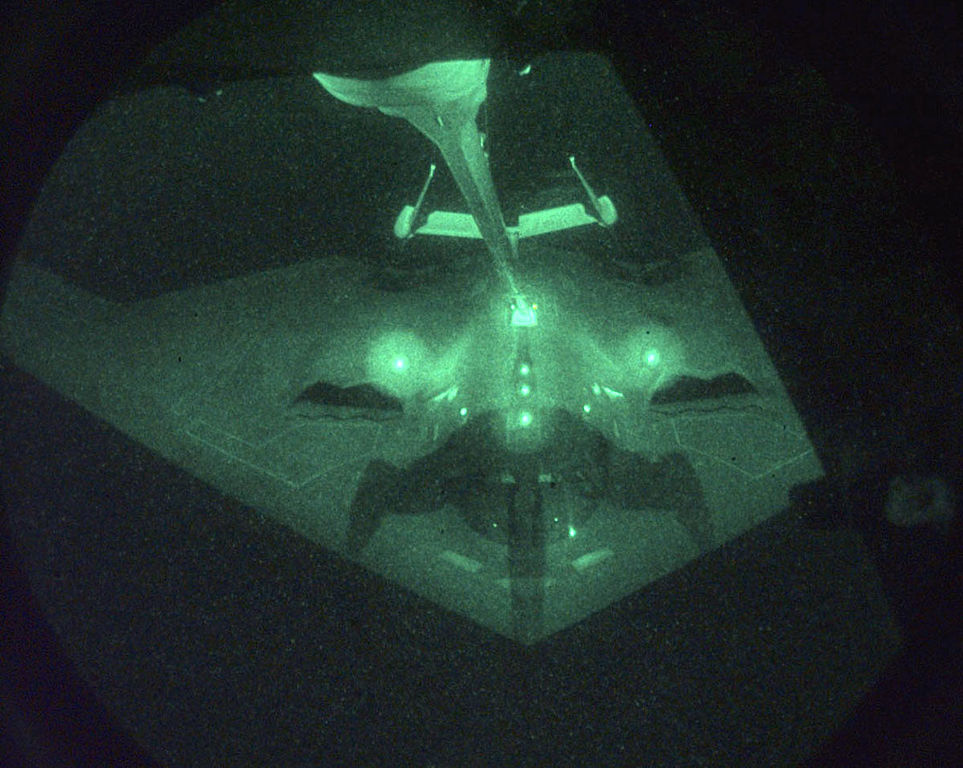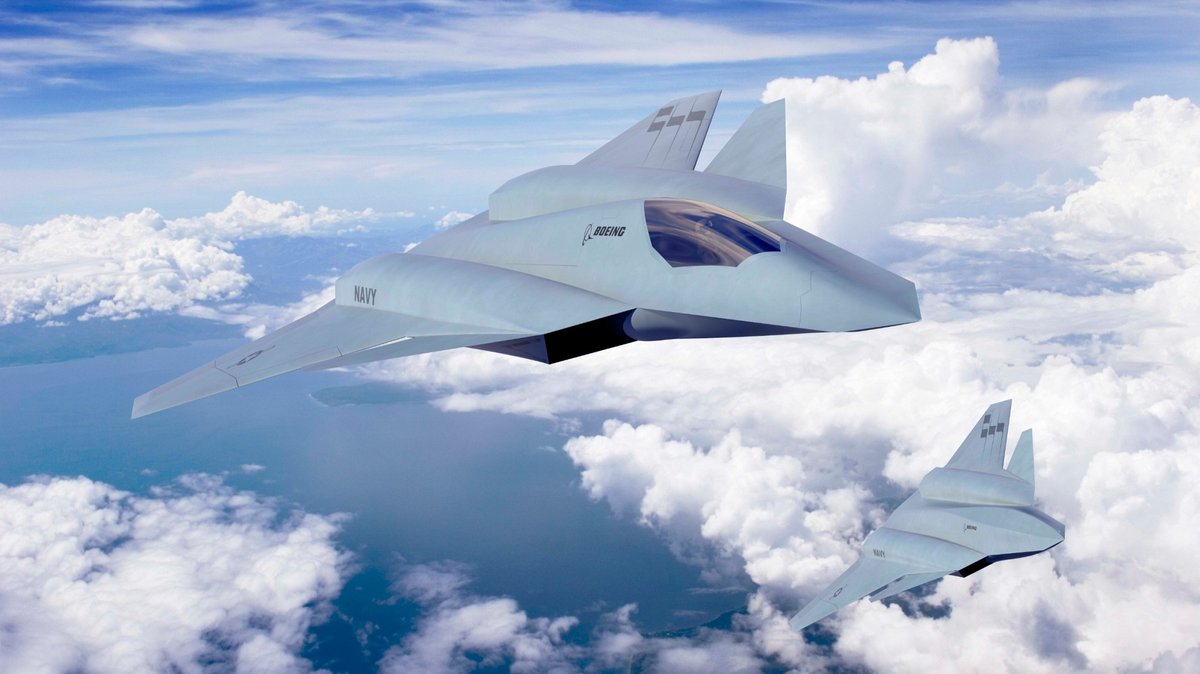The irony of this comment is that the rejection of the F-35 and stealth technologies is just that -- a reflection of a lack of information in regards to battlefield realities.
I think this deserves a thread to inform.
Photo credit for all F-35 pictures used:@SR_Planespotter
I think this deserves a thread to inform.
Photo credit for all F-35 pictures used:@SR_Planespotter
https://twitter.com/imetatronink/status/1869112375871504763

The first point to cover is radar stealth. Stealth is a bit of a silly term in some ways. A better term for this is "very low observable." What that means is that effort is made to reduce the radar signature of the aircraft, often combined with infrared signature reduction.
VLO technology is NOT infallible, and much of the criticism of the stealth comes from the misunderstanding that we assume it is perfect.
It has its limitations, but it does what we expect it to, which is why adversary nations are investing in it too. See the Chinese Chengdu J-20.
It has its limitations, but it does what we expect it to, which is why adversary nations are investing in it too. See the Chinese Chengdu J-20.

The primary purpose of VLO technology is to reduce the strength of a radar return for a monostatic radar. A monostatic radar is shown in figure (a) below. A bistatic or multistatic radar, as shown in (b), can negate some stealth advantages, but is relatively difficult to employ. 



To explain how VLO technology reduces the strength of a radar, we need to cover how radar waves return to a monostatic radar.
Radar waves are bits of electromagnetic energy that operate and behave slightly differently with what they hit depending on radar frequency.



Radar waves are bits of electromagnetic energy that operate and behave slightly differently with what they hit depending on radar frequency.




It is worth noting that they technically do not "reflect" normally, but rather are absorbed and re-radiated out of the new surface. The amount re-radiated is dependent on the amount of RF energy absorbed, which is dependent on the size of the object and the wavelength.
This is part of why radar cross section can be measured in decibels per square meter, as the target is functioning as an antenna itself.
Each of the components shown above contributes to radar cross section by sending a little bit of radar energy right back at the emitting radar.
This is why radar scattering charts look so chaotic, because depending on the angle, different components contribute more or less.

This is why radar scattering charts look so chaotic, because depending on the angle, different components contribute more or less.


Lowering RCS is incredibly difficult and the exact optimization algorithms and exact technologies used are non-public, but we know the broad strokes of how it is done.
The first thing is to avoid certain shapes or features that are more likely to directly re-emit or scatter.
The first thing is to avoid certain shapes or features that are more likely to directly re-emit or scatter.
These shapes include circular angles, large gaps and seams, and abrupt transitions. This is why VLO aircraft have lots of sharp angles. The jagged edges seen are designed to diffract incoming radar waves at off-angles, preventing edge diffraction from providing a 180° return. 





These geometries are generally optimized around a certain wavelengths. For fighter aircraft, these wavelengths are usually in the bands that are used by other fighter aircraft or weapons systems. This generally centers around the X band, which is 8-12 gigahertz, or 3.75cm-2.5cm.
This radio frequency band is chosen for fighter radars due to a good balance of accuracy and range. Longer wavelengths can provide stronger returns at range, but are less accurate and worse for weapons employment.
This chart shows atmospheric absorption in decibels/kilometer.
This chart shows atmospheric absorption in decibels/kilometer.

As you come out of the "optimized wavelength region," these techniques begin to become less effective, and more returns can be scattered. Due to increased atmospheric absorption at higher frequencies/shorter wavelengths, this means lower frequencies in practice.
Lower frequency radars, to provide good antenna gain and higher accuracy, must be larger, and thus cannot be mounted easily on aircraft, especially not fighter aircraft. Chinese SLC-7 L-band radar (1-2 GHz, 30-15cm) shown below. 

However there is still the problem of Radar Absorbent Materials. When a radar wave strikes a target covered in RAM, the incoming radar beam is forced to be absorbed and re-emit internally in one of two primary ways: RF or heat. 



Since the RAM re-emits radar, the components in it can be considered small antennae. Antenna gain (efficiency) is relative to wavelength and antenna size, so a very small object trying to re-emit a wavelength larger than it will produce little RF energy and mostly generate heat.
This loss is also expressed in decibels.
In short, the re-emitted power from a radar target to a monostatic radar is a given value in decibels per square meter of area, reduced a certain number of decibels by any absorbent materials.
In short, the re-emitted power from a radar target to a monostatic radar is a given value in decibels per square meter of area, reduced a certain number of decibels by any absorbent materials.
So what does that mean for range, assuming all things are equal?
The F-22, from some aspects and wavelengths, is supposedly -40dBsm. This means its return is 10,000 times less than a 0dBsm(1m^2) target, and detection range is reduced by a factor of 10, if I did my math right.
The F-22, from some aspects and wavelengths, is supposedly -40dBsm. This means its return is 10,000 times less than a 0dBsm(1m^2) target, and detection range is reduced by a factor of 10, if I did my math right.

The reason VLO tech is so useful is because of the increasing performance of airborne radars. Since the 1970s, radars have increased in detection range to over 100 miles for a "normal" target. Without signature reduction, you could be spotted and die long before you get close.
In short, this means that stealth is effectively the cost of entry in a modern battlefield. Without it, you cannot be nearly as effective. This is one of the many reasons the US and our allies are independently buying so many F-35s.
Norwegian F-35A shown below.
Norwegian F-35A shown below.

Radar stealth is physics. It is using and abusing the properties of radio waves and their interactions to reduce the radar signature.
There is no prime contractor nonsense here: it is simply the way the universe works and denying that is denying reality.
There is no prime contractor nonsense here: it is simply the way the universe works and denying that is denying reality.

Infrared signature reduction works in a similar but different way. It is designed to shorten detection ranges with infrared systems by lowering the strength of the emitted signature. The normal way to do this is to use materials that do not emit well in the infrared spectrum.
To avoid the engine giving off too much of an infrared signature in flight, the F135 engine employs cold bypass air ducts and a cooled exhaust fan blocker to reduce the IR signature presented by the engine and exhaust. 



But signature reduction is not the only "trick" of the F-35. The F-35 has other systems that make it so advanced. Information is provided to the pilot more efficiently than in any other fighter so far through the panoramic cockpit display and the helmet mounted device. 

The helmet mounted device also allows the pilot to utilize sensors such as Distributed Aperture System(DAS) to effectively see THROUGH the aircraft and see everything around him. This simulation represents a pilot looking at the ground through the cockpit floor. 



Although the F-35's detractors mostly focus on the "failures" of stealth, this attack is unfounded. Stealth is a danger/hazard reduction method that works by utilizing well known physics.
And yet, even despite that, the F-35 is more than just a stealth fighter.
And yet, even despite that, the F-35 is more than just a stealth fighter.

I didn't really emphasize this enough. Sensors and networking are the real strength of this jet. Not stealth. Low observability is required for a new fighter to be effective.
https://x.com/Strong3Mike/status/1869341399377981775
If you notice anything wrong in this thread that can be corrected/if you know more than me and I got something wrong please let me know if you can. I'm not an expert and I occasionally get things wrong and would rather scrub something from the Internet than spread misinformation.
I already know that I should have said LO rather than VLO but it was in my mind when I wrote it and I was too focused on the details to fix it
• • •
Missing some Tweet in this thread? You can try to
force a refresh

























